By Steven D. Feller
The expanded post-Cold War role for U.N. peacekeeping operations and past U.S. involvement in such strife-ridden places as Bosnia and Somalia has highlighted the potential use of certain advanced technologies to help American forces “keep the peace” in a more effective and humanitarian manner. Specifically, it is thought that the use of nonlethal or less-than-lethal weapons in operations other than war could effectively bridge the gap between verbal warnings and deadly force.
In theory, nonlethal weapons are well suited to support peacekeeping and humanitarian operations, where any use of force that fails to discriminate between noncombatants and those instigating the violence will only complicate the political-military situation. In such cases where intervening forces would want to inhibit the movement of targeted troops or equipment, without necessarily engaging in full-scale combat, it could even be expected that with the battlefield effectively frozen by this technology—enemy vehicles immobilized, radios jammed, fighting units feeling ill—there would then be a far better chance of political talks achieving a lasting settlement.
Thus, it should not come as much of a surprise that interest in non-lethal weapons technology is not an entirely new phenomenon. At the height of the Cold War the chief U.S. arms-control negotiator, Paul Nitze, wondered if a “love gas” could be sprayed over the Soviet Union to induce its people to become more peaceful. More practical nonlethal weapons have also seen action in many nations around the world; tear gas, barbed wire, rubber bullets, electronic stun guns, water cannons, and pepper (OC) spray are familiar nonlethal systems that have been in use for many years. Other old standbys include attack dogs, cattle prods, and blinding searchlights.
More recent but less well-known applications of nonlethal technology include the use of lasers by British Royal Navy ships to dazzle Argentinean pilots in the 1982 Falklands campaign, and loud American rock music against Manuel Noriega in Panama. In the Gulf War, Tomahawk cruise missiles were equipped with “Kit 2” warheads filled with thousands of spools of carbon fibers. The spools were dropped over selected Iraqi power stations, unrolling carbon fibers and short-circuiting elements of the outdoor switching and transformer segments, causing the power stations to shut down.
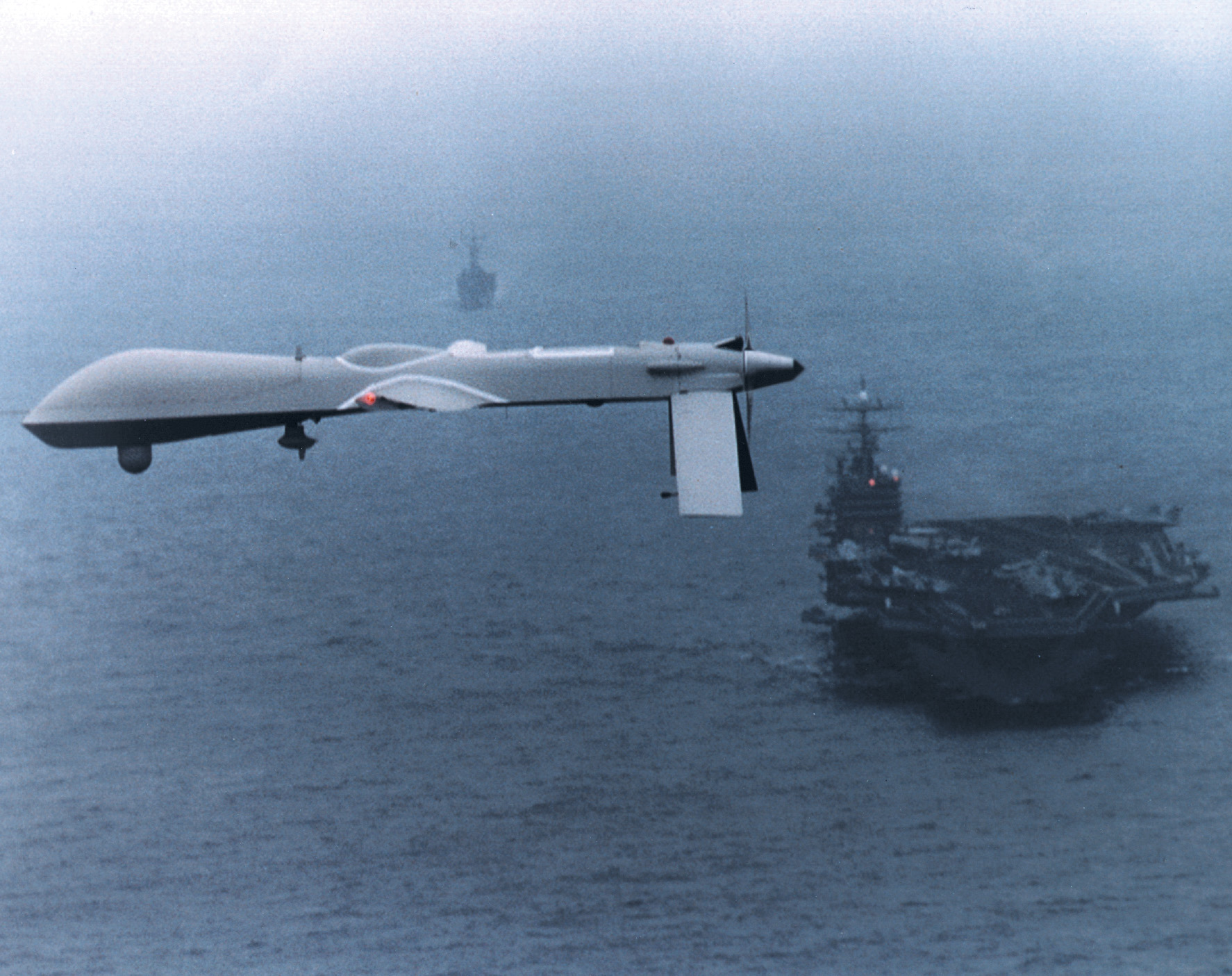
The 1995 withdrawal of U.N. forces from Somalia in Operation United Shield saw the introduction of even more novel additions to a growing arsenal of antipersonnel nonlethal weapons. The Unosom operation was crippled by, among other things, the U.N.’s inability to break up crowds and isolate snipers, or to detect intrusion of U.N. facilities and prevent looting of U.N. equipment. Recognizing these failures, units from the First Marine Expeditionary Force (I MEU) covering the withdrawal were specially equipped and trained to use a selection of nonlethal antipersonnel technologies, including bazooka guns that squirted giant sticky coils (to immobilize enemy gunmen), beanbags that could explode to release thousands of stinging pellets (to deter hostile crowds), and a rifle-launched grenade weapon called Sabre 203, which explodes with a brilliant white flash of laser light to temporarily blind or impair the vision of enemy soldiers. American troops in Somalia subsequently discovered a more novel use of laser light: Marines targeted enemy personnel at night using visible red lasers, causing infiltrators to abandon their personal weapons in a disorderly retreat. (The fear that, once targeted by a visible laser, a real bullet would follow, was enough to cause this effect without the actual use of a bullet!) Small spikes arranged to point upward and capable of deflating a tire (“jacks and tacks”) were also used to keep large parts of Mogadishu airport off-limits to hostile militia, while barrier foam and sticky foam systems were employed during the final hours of the withdrawal (mineral oil was subsequently used to clean the foam from human skin).
By and large, however, those antipersonnel weapons deployed with the I MEU in 1995 stem from technologies devised for civilian applications—particularly law-enforcement agencies—which had already been tested in the field before being deployed. In addition to these systems, there exist many more exotic antipersonnel weapons that have yet to proceed beyond testing under controlled conditions, while several others are still only in the design stage.
Acoustics, for example, involves the use of high-frequency sounds generated for use against personnel, while infrasound involves the use of very low-frequency sound generators. Both of these systems cause disorientation and nausea, and could potentially be used as a substitute for landmines to protect fortified positions, or for crowd-control purposes (the effects disappear when the sound is turned off). Similarly it is possible to use a CO2 laser to inflict first-degree skin burns at an effective distance of up to one kilometer—again, a potentially useful tool for perimeter defense and as a means to remotely disarm targeted personnel. Employing a similar technique, radio frequency (RF) systems that jam and short-circuit the human nervous system have already been proven to work on animals.
Hallucinogens and other psychotropic substances (i.e., “sleeping gas”) have been under development for many years. It’s thought that the Soviet military developed an ozone cannon to induce drowsiness in opposing forces, while barbiturates, benzodiazepine derivatives, and the infamous “knockout drop” chloral hydrate are one class of drugs whose potential has also been examined. More controversial antipersonnel measures include psycho-active drugs such as pentothal and the famous hallucinogenic drug LSD, which were tested extensively by the U.S. Army and the CIA in the 1950s and 1960s. More recently, the potential of holography as a tool for psychological warfare is being examined.
Against enemy equipment, a wide range of advanced nonlethal technologies is also available for use. One of the better examples is a bioengineered Central American fungus that causes the plastic used for computer circuit boards to dissolve. There is also the potential of high-powered microwave generators—light enough to be carried on a soldier’s back or installed in an unmanned aerial vehicle (UAV), such as those used initially by IFOR in Bosnia and currently being used by KFOR in Kosovo. Similar in effect to a non-nuclear electromagnetic pulse, these generators can be used to damage military electronics, detonate ammunition fuses, and shut down engines.
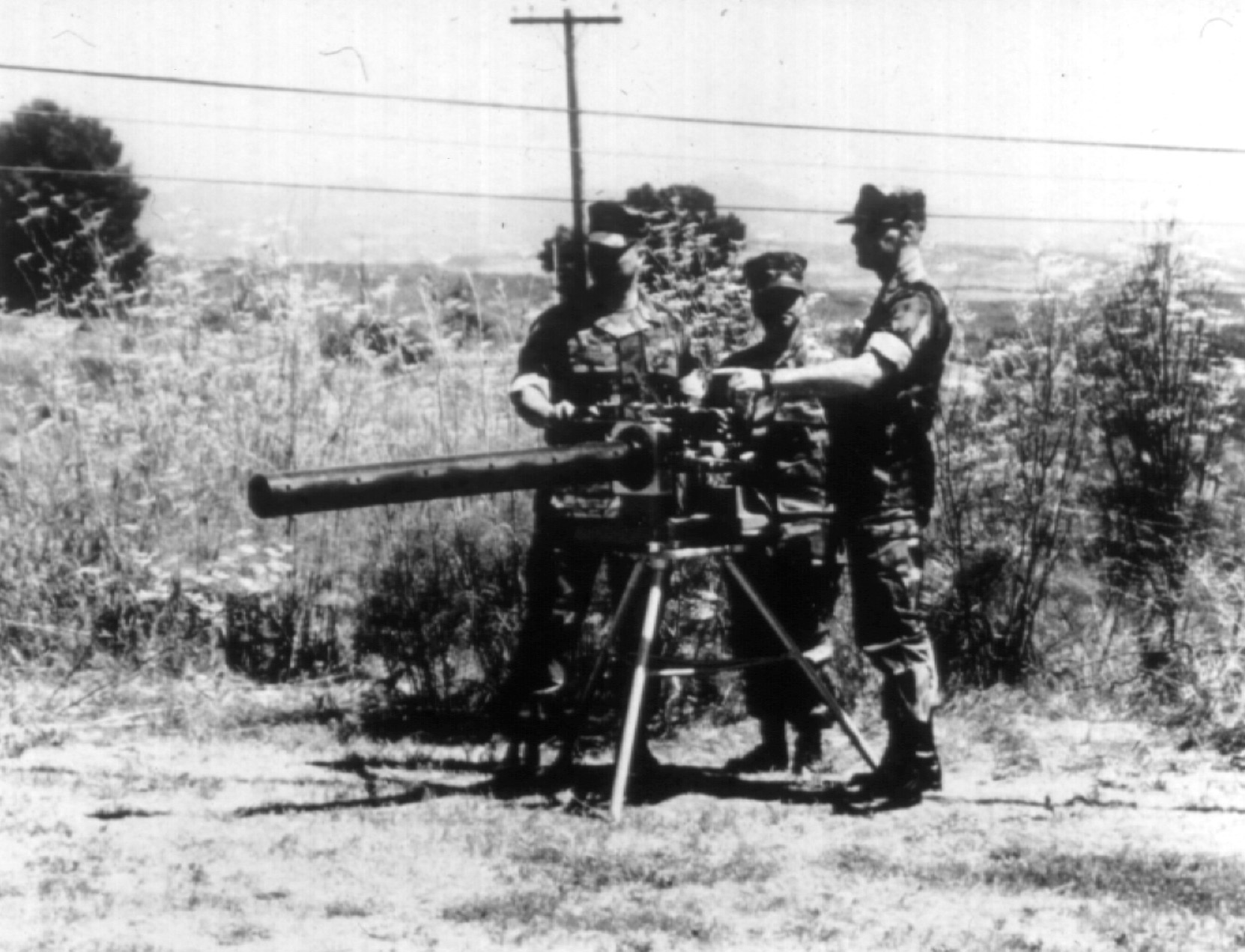
Similarly, liquid metal embrittlers could conceivably be used against aircraft, bridges, or storage tanks, degrading metal components so that they are seriously weakened. Immobilizers could be employed against personnel or vehicles, using sticky foam, super-adhesives (“stick’ems”) or Teflon-like super-lubricants (“slick’ems”) that would inhibit movement. Indeed, sticky foams have been used for decades in the United States as part of the protective system for storage and transport of nuclear weapons, while at least one type of “slick’em” was used with mixed results in Northern Ireland by British troops (the chemical was washed away in the rain).
Fuel “gelling” agents and tire- or elastomer-attacking products could similarly be employed to enforce U.N. embargoes and blockades, making roads and airstrips unusable and disabling targeted vehicles. More specifically, entanglement munitions—long, thin, very strong fibers—could be used to disable propellers, jet engines (which have propellers in them), helicopter rotors, and axles on trains. Traditional obscurants such as thick smoke or the application of extremely lightweight paint to optics and windows could easily complement these efforts in the field, while sophisticated computer programs such as the notorious Michelangelo virus might attack enemy defense computer and communications networks.
As nonlethal technology grows in sophistication and effectiveness, it is also worth acknowledging the manner in which seemingly unrelated capabilities have already been put to good use in similar situations. For example, the Global Positioning Satellite System (GPS) was used to great effect by transport planes delivering humanitarian aid to Sarajevo airport in the former Yugoslavia, where the normal system of ground-based radio beacons collapsed because of the war. Other related technologies worth mentioning include image intensifiers and thermal imagers. Night-vision equipment can be used to facilitate driving vehicles (i.e., aid convoys), conduct short-range surveillance, and even gather evidence of human rights abuses, as American troops in Iraq did, watching Saddam Hussein’s forces crush a Shiah rebellion just north of the cease-fire line.
The technology described, while impressive, also has its disadvantages. As the British discovered in Northern Ireland, many nonlethal weapons are weather-dependent, or can otherwise be easily countered (e.g., by wearing reflective clothing to protect against a CO2 laser, coating sticky surfaces with sand or ash, and so on). More important, there continues to be concern about whether the use of certain nonlethal technologies violates the Geneva conventions on the rules of warfare or specific arms-control treaties.
The attempt to regulate warfare and introduce a degree of humanity is not new. In medieval times, the Catholic Church repeatedly came out against weapons deemed “too horrible” for use against Christians (but often with the caveat that such implements could be used against non-Christians). More recently, the Chemical Weapons Convention bans the use of riot-control agents in war situations, and biological antipersonnel agents are strictly forbidden under the Biological Weapons Convention (even though anti-material biological agents are not specifically mentioned in the treaty). Similarly, the potential use of laser “blinding” weapons is addressed in the Inhumane Weapons Convention. In 1995, the People’s Republic of China made available a laser weapon called the ZM-87 Portable Laser Disturber, while the American AN/VLO-7 Stingray Electro-Optical Countermeasures System,
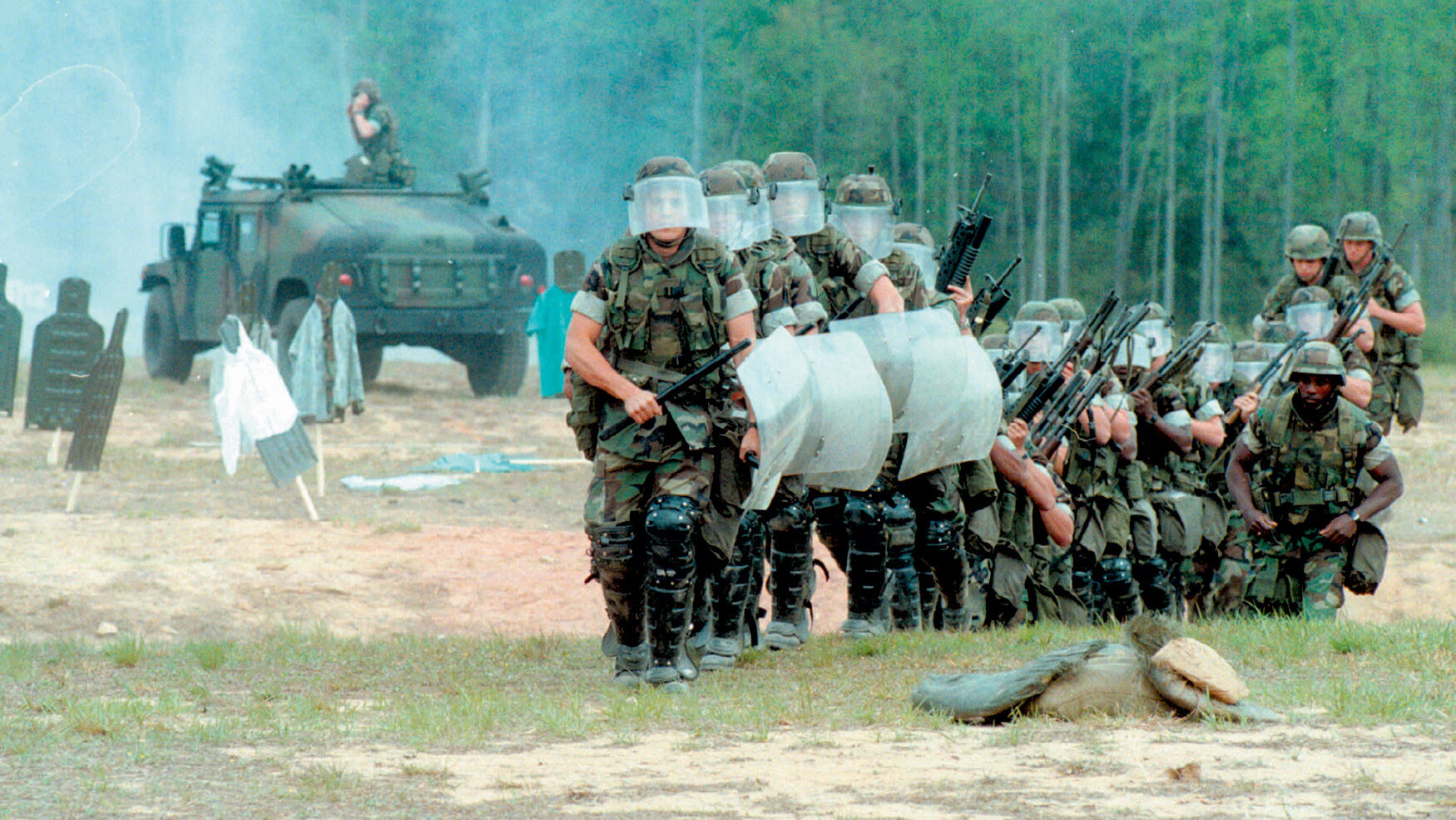




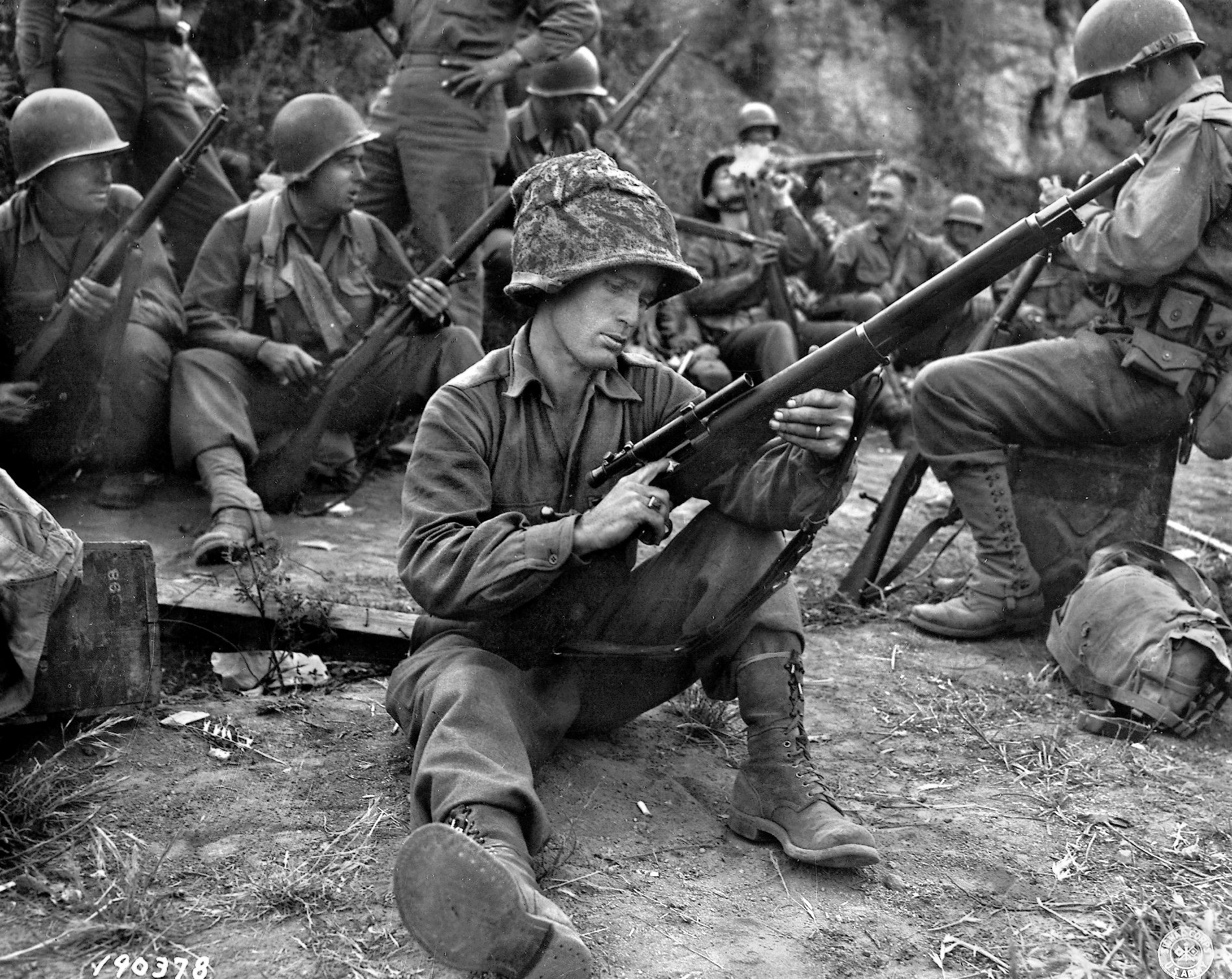
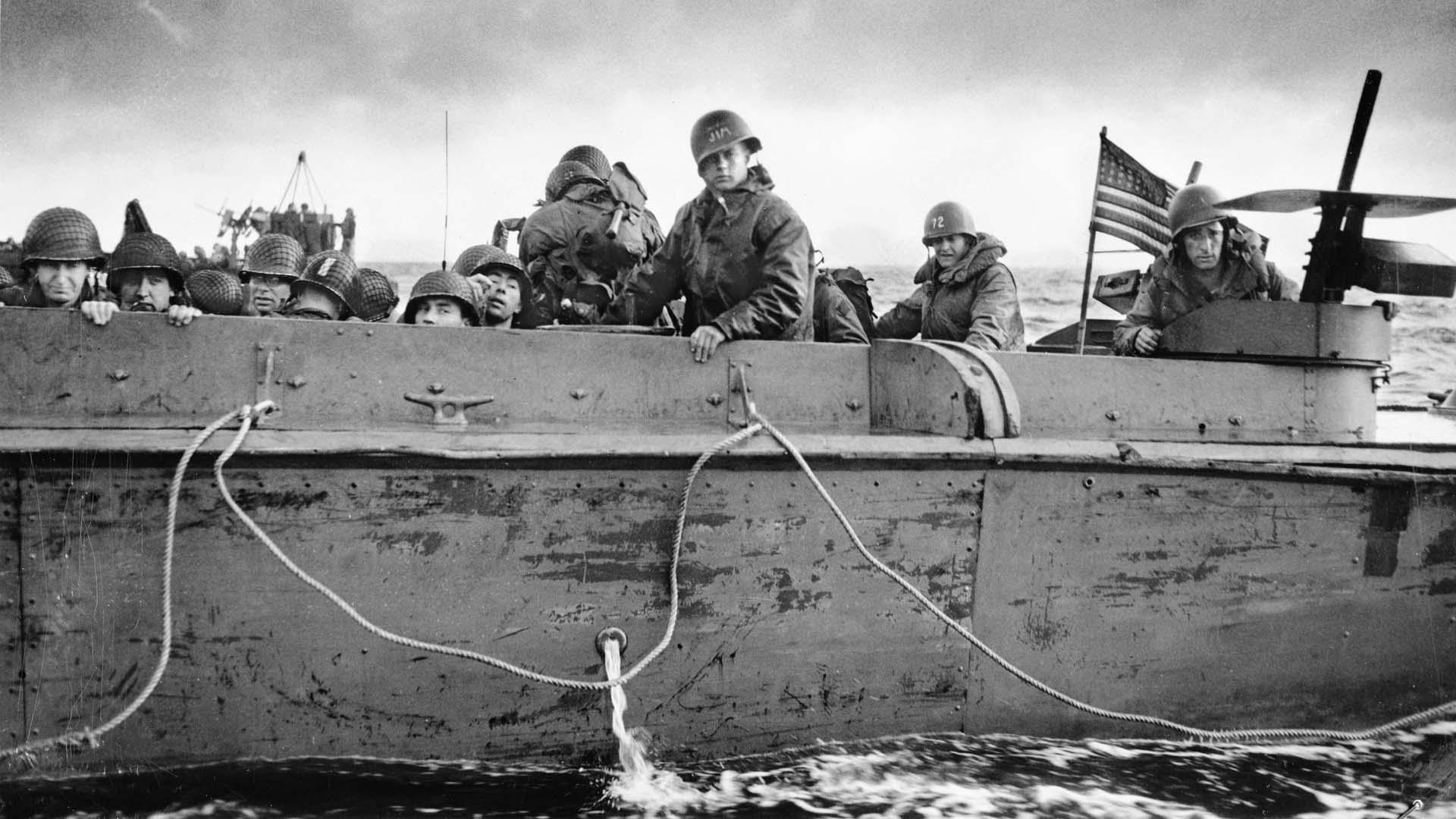
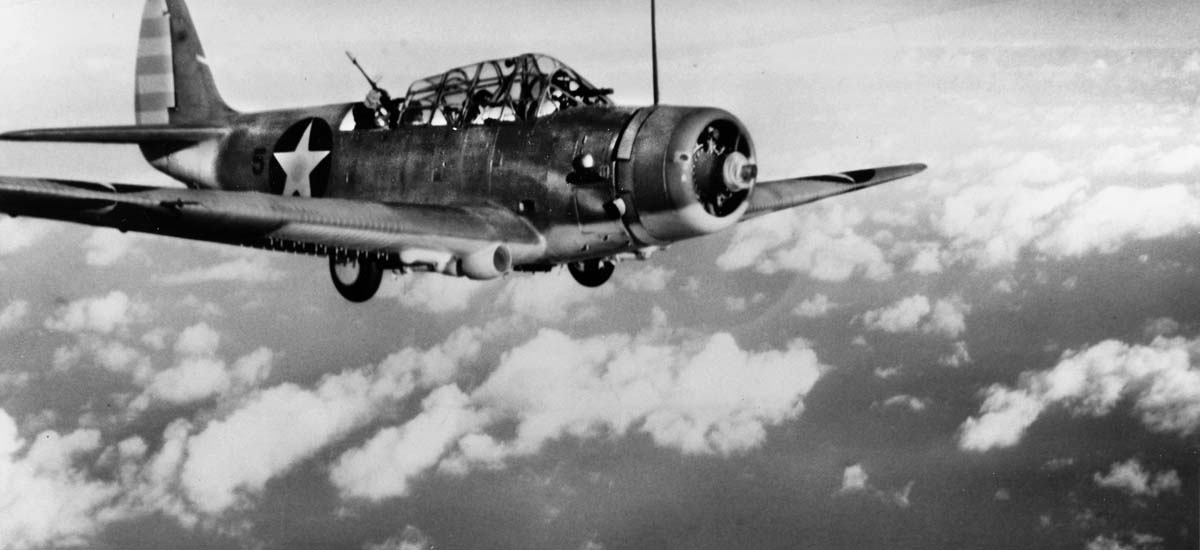
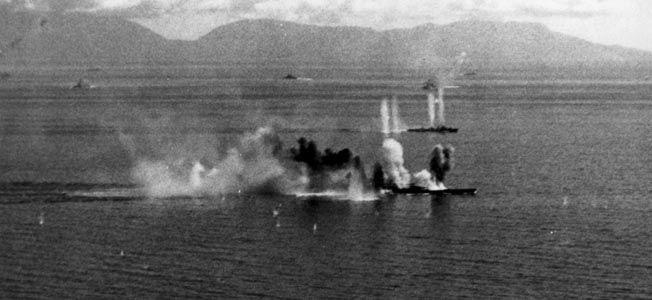
Join The Conversation
Comments
View All Comments